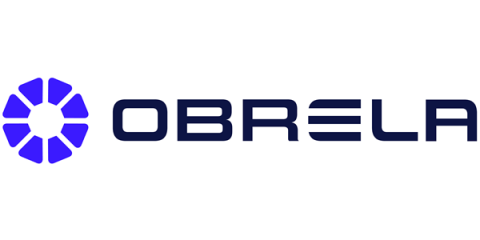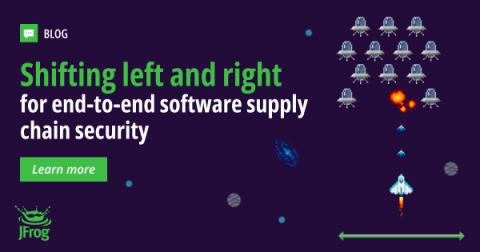How To Detect Compromised Identities with Teleport
Our customers use Teleport to solve a wide range of problems: They access their infrastructure remotely without passwords or shared secrets, and replace shared credentials in CI/CD systems and workloads with mTLS. They eliminate the need for VPNs and enable Just-In-Time Access to web apps, cloud consoles, databases, and more.











